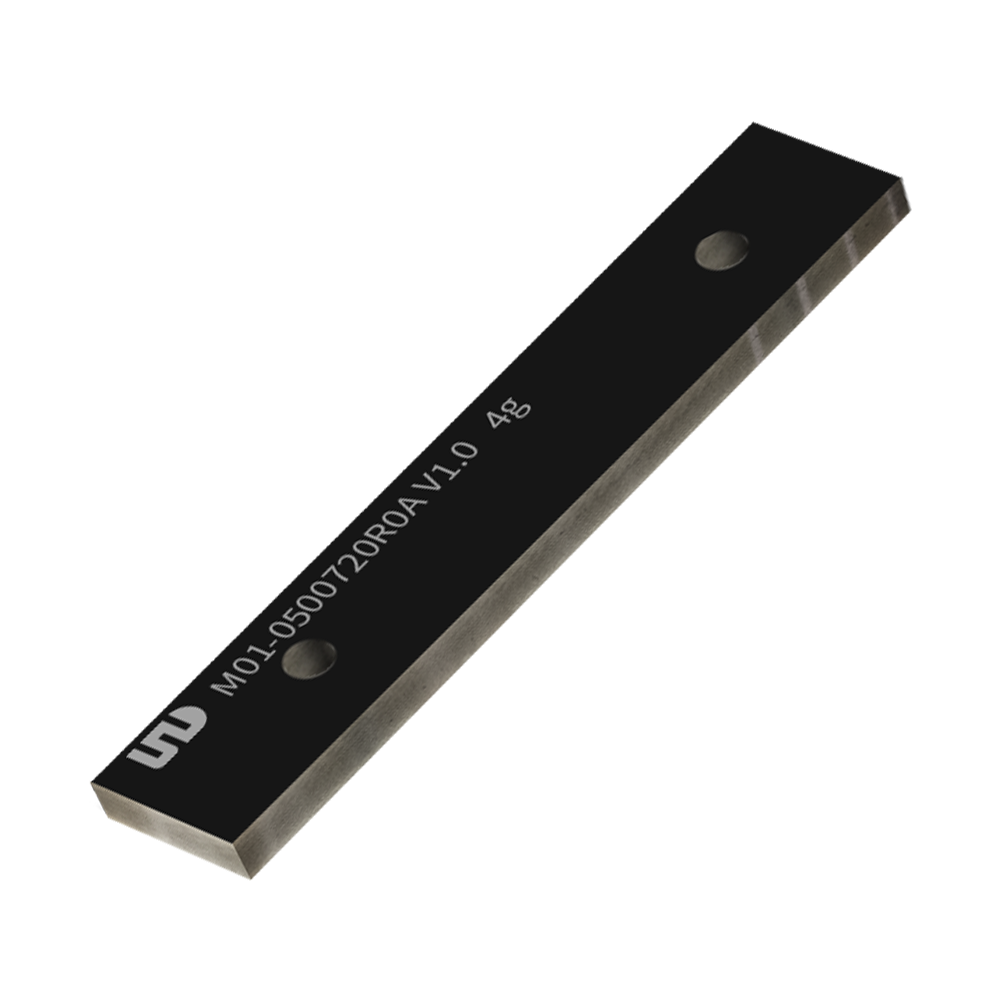In today's rapidly advancing technological landscape, RF modules play a crucial role in enabling wireless communication. But what exactly are RF modules, and how do they function? This article aims to provide a comprehensive overview of RF modules, their components, and their applications.

Understanding RF Modules
RF modules are compact electronic devices that facilitate wireless communication by transmitting and receiving radio frequency signals. These modules are essential in various applications, including remote controls, wireless sensor networks, and IoT devices. Essentially, they serve as the backbone of modern wireless communication systems.
Components of RF Modules
Typically, an RF module consists of several key components:
- Transmitter: This component converts data into radio signals for transmission.
- Receiver: It captures incoming radio signals and converts them back into data.
- Antenna: The antenna is responsible for radiating and receiving radio waves.
- Microcontroller: This component manages the data processing and communication protocols.
How RF Modules Work
The operation of RF modules can be broken down into a few simple steps. When data is sent from a transmitter, it is modulated into a radio frequency signal. This signal is then transmitted through the antenna. Upon reaching the receiver, the signal is demodulated back into its original data form. This process allows for seamless communication between devices.
Applications of RF Modules
RF modules are utilized in a wide array of applications, including:
- Remote Controls: Commonly found in televisions and garage doors.
- Wireless Sensor Networks: Used in environmental monitoring and smart agriculture.
- IoT Devices: Essential for smart home technology and industrial automation.
- Medical Devices: Employed in patient monitoring systems and wearable health tech.
Choosing the Right RF Module
When selecting an RF module, consider factors such as range, frequency, and power consumption. Different applications may require specific types of RF modules to meet their operational needs. For instance, long-range applications might benefit from modules that operate at lower frequencies, while short-range applications may utilize higher frequencies for faster data transmission.
In conclusion, understanding RF modules is essential for anyone interested in wireless technology. Their ability to facilitate communication across various devices makes them invaluable in today's tech-driven world. For more information on rf modules and their applications, you can visit  .
.








